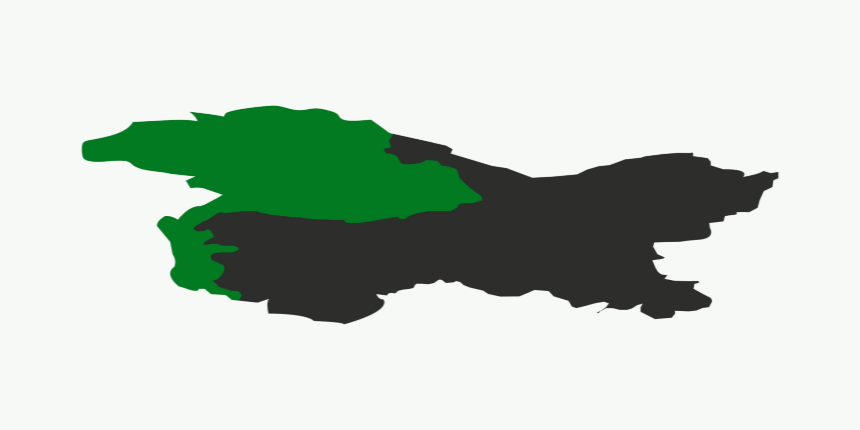POK Full Form
What is full form of POK ?
POK stands for Pakistan-Occupied-Kashmir. Pakistan illegally conquered this portion of Jammu and Kashmir (J&K), India in 1947. This area occupied by Pakistan is a different area from what was formally under Pakistan’s control after the partition. POK is divided into two provinces: Azad Kashmir and Gilgit-Baltistan. Azad Kashmir is connected to the western section of Indian Kashmir. Baltistan was the portion of the western Ladakh province that Pakistan conquered in 1947.

The population of POK was approximately 52 lac in 2020. POK is a part of Kashmir that borders Pakistan's Punjab province to the northwest, Afghanistan's Wakhan corridor to the east, China's Xinjiang region to the west, and Indian Kashmir to the east. Pakistan claims that Occupied Kashmir (POK) has a self-governing legislature, although Pakistan controls it.
Instrument of Accession
During the partition, the governments of Jammu and Kashmir were offered two choices: merging either with India or Pakistan. However, Maharaja Hari Singh (the king of J&K at the time) chose to keep J&K as an independent state.
Pakistan's Pashtoon tribals assaulted Jammu and Kashmir in 1947. To deal with the crisis, Maharaja Hari Singh requested military assistance from the then-Indian Governor-General Mountbatten.
It was Mountbatten’s wish to restore law and order in J&K and to clear the land off invaders.
Following Mountbatten's recommendation, the Indian government tried a plebiscite, or referendum, to determine whether the Kashmiri people wanted to remain a part of India, Pakistan, or an independent state.
However, the Pakistani authorities and some Kashmiri inhabitants questioned it.
Following this, on October 26, Maharaja Hari Singh accepted the Instrument of Accession at Amar Palace in Jammu, approved by India's final Governor-General, Lord Mountbatten, on October 27.
This comment is credited as sowing the seeds of the Kashmir dispute.
Challenges for India in The POK Region
Terrorist infiltration is widespread in the region.
Pakistan has changed the demographics of PoK over time.
Ex-servicemen, Punjabis, and Pathans have settled here, changing the native colors of PoK.
